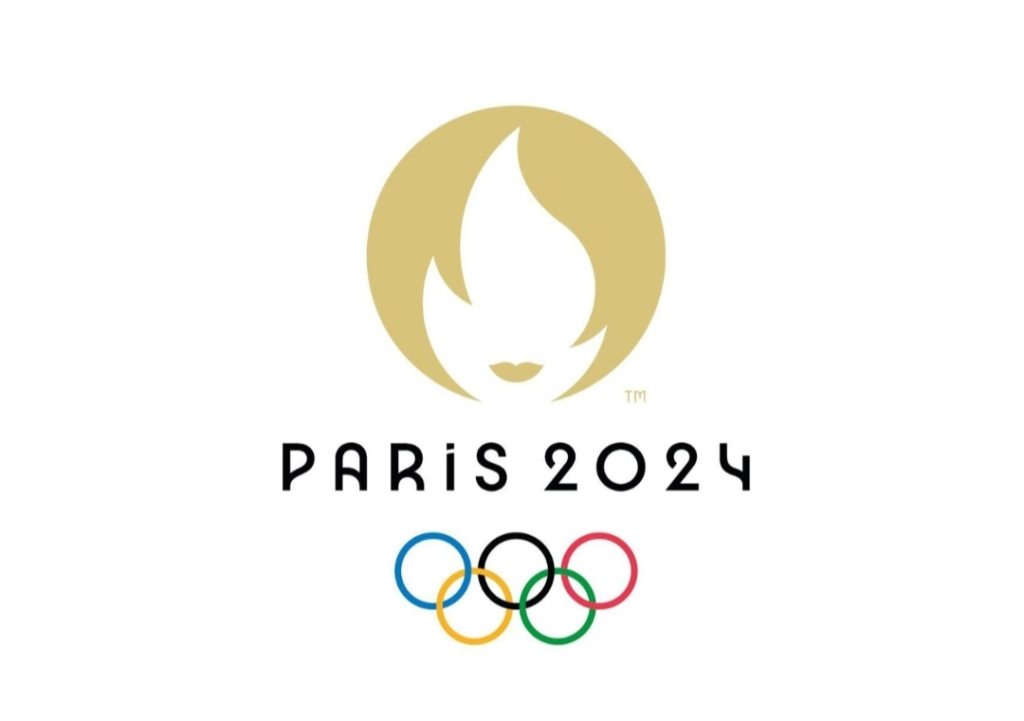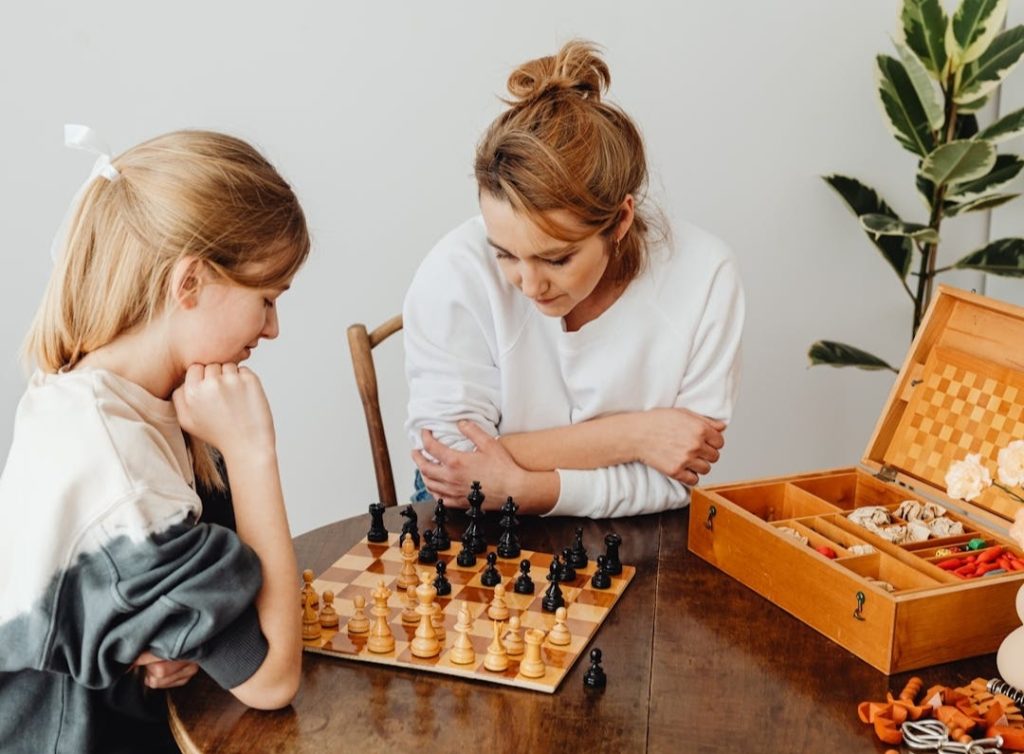You’re not someone who settles. You take your goals seriously. And yet, for some reason, things are still not happening. What more can you do?
You can try a vision board. Visualize what you want to do, so that you can see yourself getting there even if you don’t know how. That will make you more determined and resilient towards reaching your goals. When you’ve mastered the art of visualization, success follows. That’s because you are what you spend your time thinking about. When you push through self-doubt, you engage in positive self-talk that takes you to another level. This could be produced through not just pictures on paper but affirmations that you say daily, “I Am…”
The concept of a vision board has been around a long time, popularized with the Law of Attraction or manifesting your destiny by putting out an intention or idea. Goal setting can be influenced with positive thoughts.
There is evidence that in certain studies, when asked to create vision boards, participants performed better in whatever activity they applied themselves to. Neuroscientist Tara Swart prefers the term “action boards.” That’s because you are actively creating, not passively waiting. A misconception about vision boards is that good results will just happen. You still have to put in the hours. The good news though is that anyone can create a vision board.
Oprah used visualization when she wanted Barack Obama to become president, thinking of what she would wear on inauguration day. Katy Perry often visualized her goals for her music.
Ellie Laks, founder of an animal sanctuary, The Gentle Barn, in her book, My Gentle Barn, says that she always visualized her nonprofit, every detail of it, before it became a reality. This started when she was a little girl. She would draw and write about it everywhere. When it came true, she knew it was because of her visualizing it all her life.
She’s not the only one. Olympians use it as mental training. It’s used for performance, healing injuries and coping with feelings. They imagine themselves at the finish line, see bruises and bones being fixed and as for feelings, as one athlete explored visualization, “Whenever fear surfaced, she would picture herself pricking a big red balloon with a pin.”
Mel Robbins suggests another way of creating a vision board. Rather than just focusing on the end goal, focus on the steps that lead you there. She says to picture yourself doing the hard work and what you will do if there is a setback. She often puts a picture of her running in the rain, because this is how she draws motivation to do the work rain or shine.
A vision board can be physical as in a poster with pictures and text. Or it can just be a visualization in your mind of what you most want. The most important part is to imagine every detail. And to think big! This is your vision, after all.
How to Create a Vision Board
- Start by setting a goal. With this practice, learn to prioritize. This is also about following your intuition or gut feelings about what you want. What matters most?
- Decide what you want your vision board to look like, whether it’s a poster paper with pictures, a list of affirmations or anything you want. Start by forming it with your materials.
- Write sections of your board with short-term and long-term goals. What will you do to reach the goal? As Mel Robbins says, write what you do to get over the hurdles. Visualize yourself studying, taking your time to prepare, networking, researching, etc. Then, draw a finish line. What does it look like when you’ve finally won?
- You can add sayings, quotes, encouragement or testimonies you have received for what you are trying to achieve.
- Have fun with it. Add doodles. Highlight words. Put on stickers.
Your Vision May Change
One thing to note is that your vision might change. Your idea of yourself might evolve and become different as you grow. You might start with one goal and then go down a detour, discovering another. This is normal. What matters is that you keep your values the same.
After the Vision Comes True
What will you do once your vision comes true? Sure, there are always new goals to create and better things to reach for. But the number one question you need to ask yourself is this:
“What am I going to do with the success I receive to help others and make a difference?”
Your vision isn’t just about you. It’s the influence you have on others and this world. When you visualize your goal, realize that each move you make will have an effect on those around you. How will you give back? This will help you remember why you started when you eventually do get there. If you have written it down somewhere for your future self, you will follow through not just more positively, but with purpose, too.
Vision boards are not just about the future. They help you to put more focus in right now, because you know what matters to you. You reinforce what you want out of life and celebrate your wins. So, create one! A vision board could easily be the missing link between you and your goals. No matter what, it will provide motivation to take the first step which is often the hardest part. Once you get your vision board together, you can make it happen!
Our Her Nexx Chapter Community invites you to join us where women are connecting with each other’s stories, exploring different experiences, and transforming ideas.
The Future of Connection for Women
- Find Your Sanctuary Space with a Personalized Self-Soothe Kit - March 2, 2021
- How to Quiet Your Anxious Mind with a Worry Schedule - February 19, 2021
- How to Create the Best Morning Routine - February 15, 2021
Follow us:







